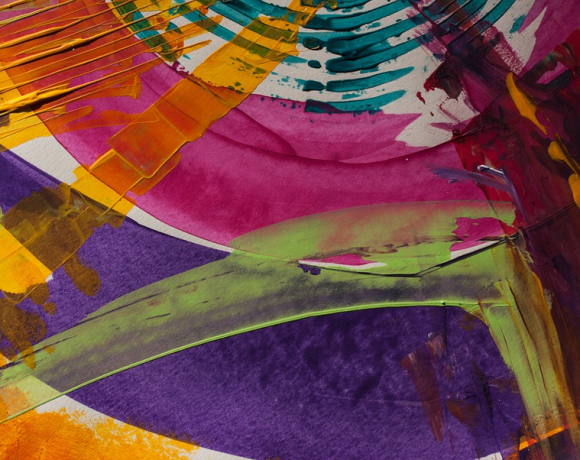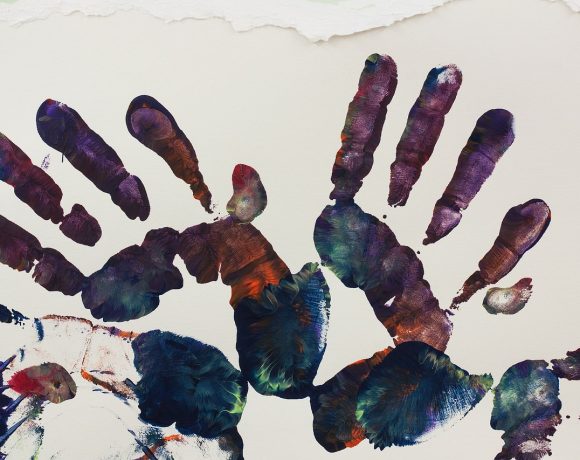Art therapy is a growing business, with many health organizations now actively promoting it in the battle against ill mental health. The American Art Therapy Association has 5,000 members and many more thousands across the nation have benefitted from the service. Through creativity, people have managed to process and cope with significant trauma and improve mood-related conditions. However, art therapy is open to anyone who would like to experience improved mental health. Many adults lose touch with their creative side, believing that they are not talented. Art therapy doesn’t care about talent, but rather about providing a medium through which feelings can be expressed.
What is Art Therapy?
Although the term “art therapy” was coined in 1942 by artist Adrian Hill, it is only very recently that it has become a serious profession in psychotherapy. Like other forms of therapy, it is a means for patients to achieve certain goals, such as expressing emotions, improving self-awareness and reconciling conflicts. Communication between psychiatrist and patient happens through the medium of art, rather than through verbal communication alone. Researchers Haeyan, van Hooren and Hutchemaekers were able to prove the effectiveness of art therapy. They found that it strengthened identity, improved impulse regulation, created positive behavior patterns and boosted comprehension levels.
Art as Meditation
It is estimated that you have between 50,000 and 70,000 thoughts a day. This constant internal chatter from the moment you wake up to when you fall asleep again is a common cause of anxiety. Especially if your brain is wired to focus on negative thoughts over positive ones. In order to relax and become calm, you need let your mind go quiet every once in a while. 8% of Americans mediate, but the fact that over 90% don’t shows how difficult it is.
Art can be a way to easily distract yourself from your thoughts. It gives the mind something to focus on. Observing the way the paintbrush drags a wave of colors across the easel can be deeply calming and relaxing. It’s almost a form of hypnotherapy, slowing the breathing and heart rate so that stress can melt away.
Enhancing Neural Communication
Mental health is all about caring for the brain. When something goes wrong and the brain isn’t working as it should, it is rarely the case of dead brain cells, but rather a failure of those cells to communicate with each other. Creative activities such as art provide a way to solve problems in a new way and strengthen neural pathways that were previously left unused. Art, by forcing the left and right brain hemispheres to communicate with each other, helps to improve mental cognition and clarity.
This form is mental stimulation was coined as “neurobics” by Dr. Lawrence Katz. It is a way of improving the performance of the brain by giving it novel tasks to grapple with. This might seem at odds with meditation. However, it is a way of stimulating the brain which is healthy and not distracting. At a conscious level, you will still find yourself becoming lost in the artwork, with less inane mental chatter. On the unconscious level, new neural pathways will be forming as a different part of your brain deals with processing unknown tasks. This can ultimately help to improve the efficiency of your thoughts and the clarity with which you think them. This will enhance communication skills, leading to better relationships and an increased resilience in the face of hardship.

Providing Purpose and Accomplishment
Art is a truly inspiring and amazing thing, which has a spiritual dimension. In a sense, you are creating something out of nothing; a blank piece of paper can become something beautiful and valuable. The Statue of David started life as a solid block of marble but fro
m within this rock, a masterpiece emerged. Now you may not be the next Michelangelo, but you are probably far better at art than you think you are. While you may begin your therapy sessions with simple sketches, you will improve over time. It is this sense of progress that is so essential to mental well being.
By putting together a portfolio of your artwork, you can’t help but feel a sense of achievement. In Maslow’s hierarchy of needs, self-actualization is the ultimate goal of human beings. This requires the fulfillment of personal potential. Beyond all basic survival and social needs, self-actualization is the one thing holding you back from true happiness. Art is a way to instill a sense of meaning in your life, which gives you a purpose and identity. This will stop you from feeling lost, confused or inadequate.
Making Sense of Internal Experience
Art therapy is different to conventional art in a few key ways. While artists may simply observe the world around them and try to represent as best they can on a canvas, art therapy is more interested in representing your inner thoughts and feelings. It is a way of t
aking the internal and making it external. In a metaphorical sense, it is taking your depression or anxiety and creating a visual representation of that, as opposed to a bowl of fruit. This allows both you and your therapist to make sense of what you are feeling.
Words are only one way through which we can represent our inner thoughts and language can be quite limiting. Have you ever observed a painting such as ‘The Scream’ by Edvard Munch or listened to a stunning music composition and found that it expressed emotions in a way words would fail? Through your art therapy sessions, you are finding a way to represent inner turmoil and trauma, so that you can understand it and overcome it.
Art therapy is here to stay and has been shown to have a major impact on mental health. It can calm the mind by producing a meditative state; it can strengthen and build new neurological pathways; it provides a sense of life purpose and it is an alternative way to make sense of psychological issues. This can give a profound boost to anyone’s mental health, regardless of creative talent or experience.
MORE READING:
Bureau of labor Statistics, Career Outlook:
https://www.bls.gov/careeroutlook/2015/youre-a-what/art-therapist.htm
Fix My Mind – Normal Levels of Anxiety:
https://www.fixmymind.co.uk/normal-level-anxiety/
National Institutes of Health:
https://nccih.nih.gov/research/statistics/NHIS/2012/mind-body/meditation
Jane Tanner is a freelance writer interested in art and the impact of art therapy.









NO COMMENT